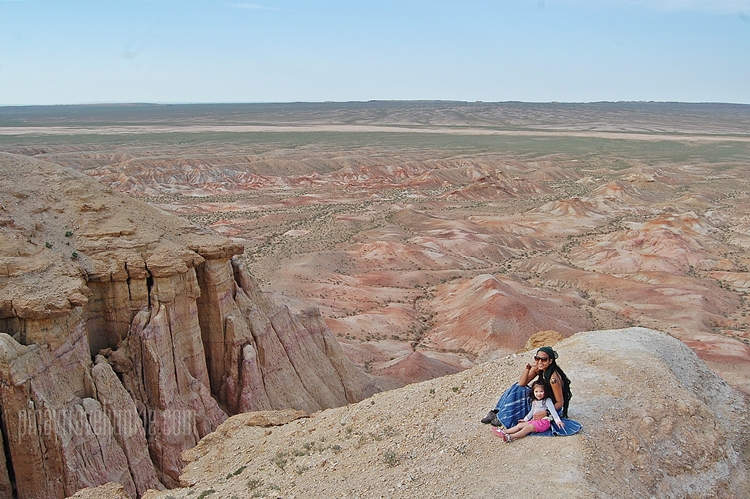
“Mongolians drive their vehicles in the same way as they ride their horses.”
I read somewhere, prior our Mongolia trip.
As we threaded our way through and out of Ulaanbaatar’s autumn morning rush hour traffic — one of the worst I’ve ever been stuck in — this quote came to mind. Road rules seemed nonexistent. The drivers, maniacal. The man behind our wheel, who was recommended by our Couchsurfing host, looked menacing himself. Ganba, a fifty-something local, is a desert tour veteran. He’s stout with leathery skin and wore confidence as if it was the latest in fashion. I liked him at first sight. Not only was he in charge of the helm of our beast of a van, he was in charge of the whole itinerary — one we did not have any clue about. Our survival in the unforgiving Gobi basically depended on him.
“Too many construction.”, Ganba waved a hand in the direction of the skyline of cranes. “Have to rush before winter. Winter no construction. Too cold.”. Construction in -45 deg C? No kidding.
We were journeying with a European couple we found also through Couchsurfing. A couple of days back, I organized a meet-up with them plus another Couchsurfing couple from U.S.A. in some Chinese restaurant to assess if we like each other’s vibes (no I don’t judge people based on how they eat Chinese food, that was uhm, random). Because the last thing I’d like to witness in the desert is a Quentin Tarantino-esque duel between strangers I had bunched together. And Gobi is the kind of place that can bring out the best and worst in humans (I know it brought out the best in me, albeit with a few uncried tears).
Eventually, we didn’t take the Americans with us. There’s enough space in the Delica for six adults, but the driver insisted that it’s safer to take only four. It would be more comfortable for us passengers as well (if you travel 7-8 hours every day, you’d definitely need the extra leg room). I chose the Europeans over the Americans because the latter had more remaining days in Mongolia than the rest of us and I was certain that they’d have enough time to look for another tour group. They took the news with no hard feelings and wished us a safe trip.
After a quick visit to The Office of Immigration, Naturalisation and Foreign Citizens for my visa extension (Filipinos do not require a visa to visit Mongolia for 21 days) outside Ulaanbaatar’s center (why I had to extend my visa is a story for another day), we were soon on our way deeper into the Gobi.
Day 1

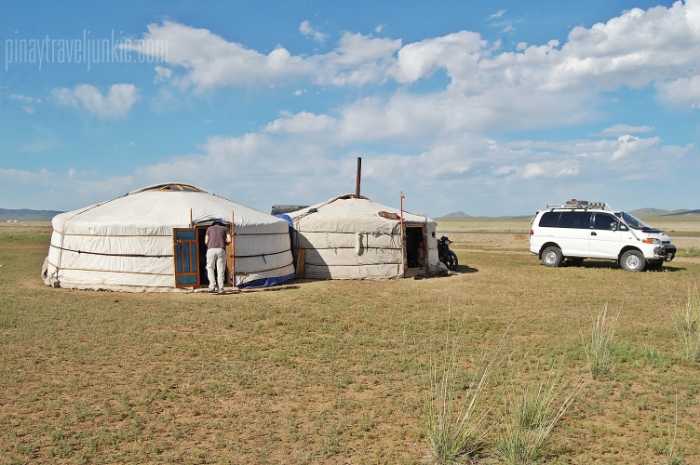

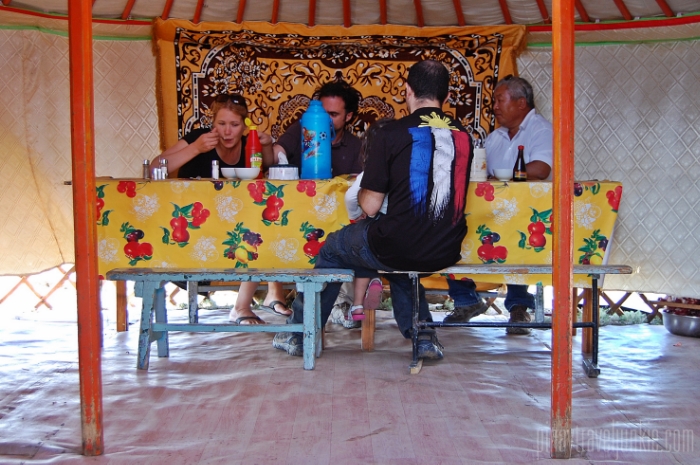
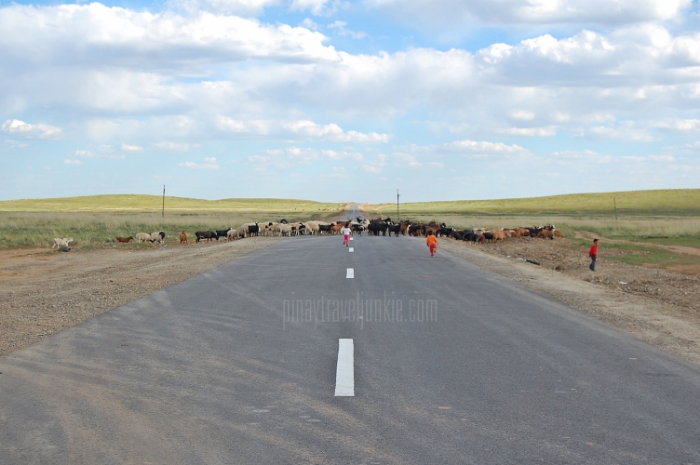
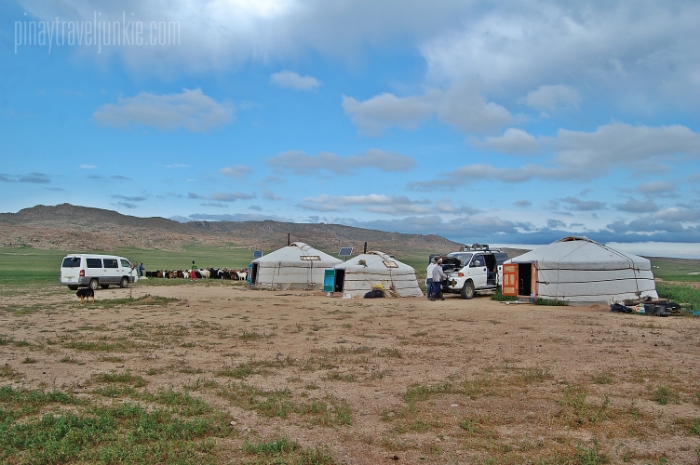

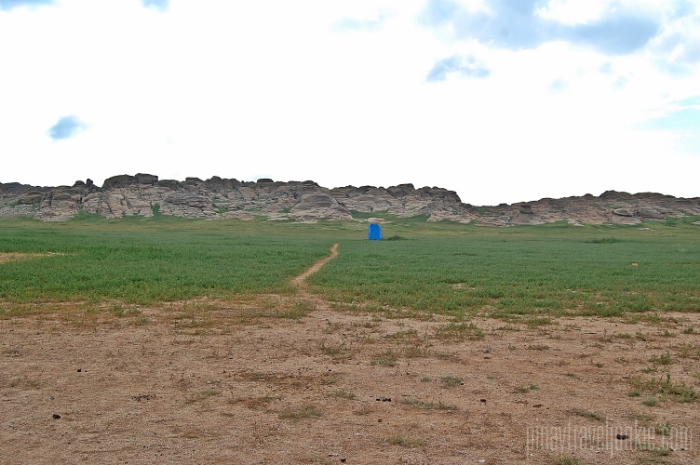
That night, we were all knocked out way before the lamp died.
See you in Part II (because my attention span can only take me this far).

The first pic was WOW… Beautiful landscape and unique experience to camp out in the desert.
Surreal experience!
What an adventure! The experience you had is amazing. Mongolia offers extreme adventure at its finest!